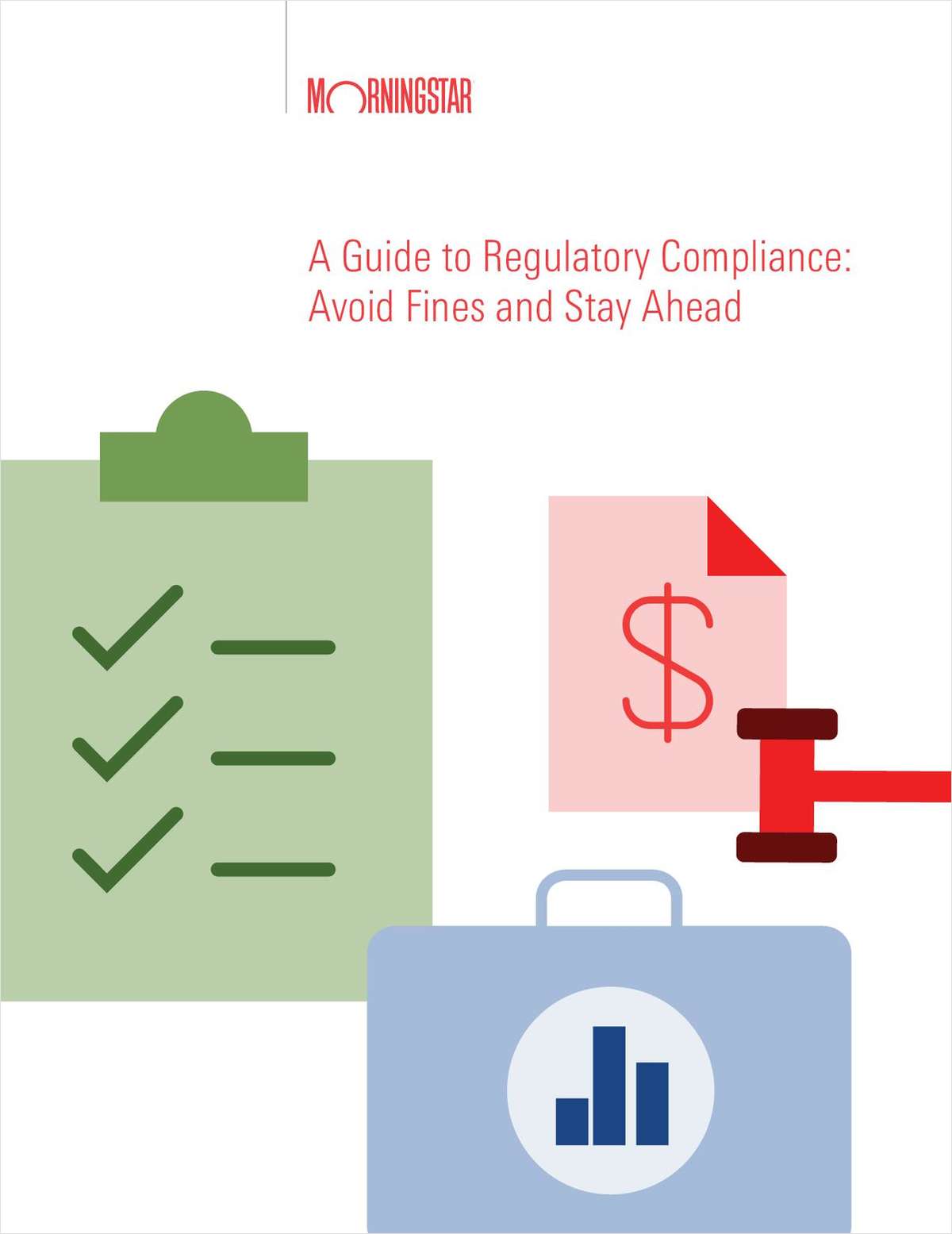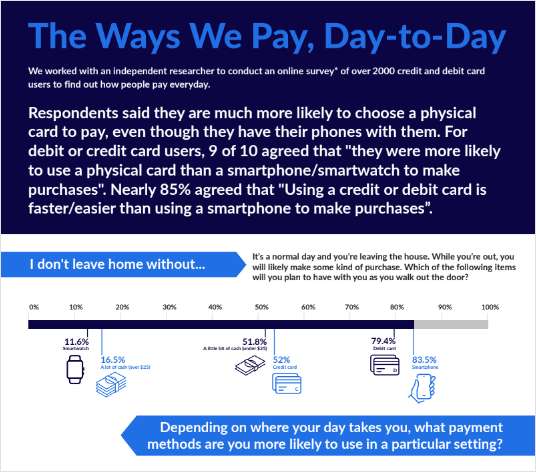 Home-based workers represent a growing segment of the U.S. economy. Photo by Dwight Merriam.
Home-based workers represent a growing segment of the U.S. economy. Photo by Dwight Merriam.Doing Your Homework on Working From Home
A trial court held the owner of a Glastonbury home business needed to prove her business was "customary." The appellate court disagreed and reversed the decision.
August 26, 2019 at 12:24 PM
8 minute read
The recent decision of the Connecticut Appellate Court in Watson v. Zoning Bd. of Appeals of Glastonbury offers an opportunity to consider, once more, how home occupations can be planned for and regulated.
More people than ever are working at home. According to Forbes, 3.7 million employees, 2.8% of the entire U.S. workforce, work from home at least half of the time. The number of regular telecommuting employees, without counting those who are self-employed, has grown 115% since 2005. The U.S. Small Business Administration reports 50% of small businesses are home-based. Entrepreneur lists 75 businesses you can operate from home; among them bridal concierge and making chat bots. Two-thirds of employees, backed up by the same proportion of managers, say telecommuting increases productivity.
This adds up to a major part of the economy. Home-based businesses have total annual revenues of $27 billion, and 20% of the businesses take in annual revenues of $100,000 to $500,000.
In Watson, homeowner Cindy Watson had been operating a special transportation services business from her home in Glastonbury since 2013. An employee worked with her in a single-room home office, using computers and the telephone. Someone complained to the zoning enforcement officer (isn't that what usually happens?) when some of the employees, who operate a fleet of 41 vehicles, were seen coming to the house in their minivans for business and social reasons. No vehicles were operated out of the home property, as they parked in East Hartford.
The zoning enforcement officer issued a cease-and-desist order. Watson appealed to the Zoning Board of Appeals, and while that appeal was pending, she applied for approval of a customary home occupation. At the time of the application, Watson was in compliance with the regulations and no one was any longer visiting the property in company vehicles. The application was denied and the ZBA denied her appeal from that denial.
The trial court held Watson needed to prove her home occupation was "customary," which she said she could not because she was managing an off-site business, and there was nothing like that in Glastonbury. The appellate court disagreed and reversed the trial court, holding that "management of a business from a single room home office, within a person's primary residence, that complies with each of the specific standards … is a customary home occupation that is customarily incidental and subordinate to the actual principal use of the property as a primary residence under the regulations."
Quoting the late professor Terry Tondro, the appellate court noted that "customary" should be interpreted as "customarily incidental to":
"The phrase used in most zoning regulations is that [an accessory] use must be 'customarily incidental to'—not that the use must be 'customary.' If the rule intended that only customary uses could come under the doctrine, then many or most people in the area would have to be doing the same thing before any one of them could (unless they asked government permission first). … [W]e would still have horse stables instead of garages in our residential neighborhoods; someone has to be first if a use is ever to become customary. (Tondro, "Connecticut Land Use Regulation" (2d Ed. 1992) p. 85.)
The appellate court held that Watson had met the relevant criteria in the regulations:
(a.) Customary home occupation. A customary home occupation shall be subject to the following provisions:
- A customary home occupation shall be carried on entirely within the dwelling unit or within a completely enclosed permitted accessory building on the same lot as the dwelling unit.
- A customary home occupation shall be carried on by the inhabitants of such dwelling unit and shall involve the employment on the premises of only any member of the immediate family residing in such dwelling unit plus one person, full or part time, not residing in such dwelling unit.
- A customary home occupation shall be clearly incidental and secondary to the use of such dwelling unit and lot for residential purposes.
- A customary home occupation shall not change the residential character of such dwelling unit and lot.
- A customary home occupation, whether contained in a dwelling unit or in an accessory building, shall occupy an area not to exceed 25 percent of the gross floor area of such dwelling unit.
- A customary home occupation shall not offer, display or advertise any commodity or service for sale or rental on the premises.
- A customary home occupation shall not store any materials or products on the premises outside of the dwelling unit or the permitted accessory building in which it is located.
A review of home occupation regulations across the country reveals that controls fall into five categories:
- Limitations on types of business. Often the more industrial types of uses are prohibited, such as automobile repair. Uses with obvious off-site impacts, like commercial kennels, are prohibited. Sometimes regulations expressly permit only certain businesses. "Professionals" are often allowed, as are businesses that are clearly "secondary."
- Restrictions on employees. These can range from zero to five and may include a requirement that some or all live on the premises.
- Exterior appearance. The idea is to keep it looking like a home, so changes outside and activity outside the building are frequently prohibited. Signage controls are typical.
- Operational restrictions. Traffic limitations, delivery restrictions and parking are central to minimizing impacts on the neighborhood. The size and storage of vehicles may be addressed.
- Externalities. Regulations prohibit activities with adverse off-site impacts. Over-the-counter sales are prohibited while internet sales are not. Such controls are sometimes highly subjective and difficult to consistently enforce.
The best place to start in regulating home occupations is with the definitions. One lesson from the Watson case is there can be problems with the term "customary." It may not be necessary to use it at all, and not using it opens the door to all these new types of home occupations that are perfectly fine.
Here is as broad a range of definitions as you might find, in Brush, Colorado, population 5,292:
Home business means a home occupation that allows for more intensive uses by special uses permit, typically involving the need for nonresident employees and additional off-street parking.
Home occupation means a use conducted principally within a dwelling and carried on by the inhabitants thereof, which use is clearly incidental and secondary to the use of the dwelling for dwelling purposes and does not change the character thereof; provided that no article is sold or offered for sale except such as may be produced by members of the immediate family residing on the premises.
At the other end of the size continuum is New York City, where:
(a) A "home occupation" is an accessory use which:
(1) is clearly incidental to or secondary to the residential use of a dwelling unit or rooming unit;
(2) is carried on within a dwelling unit, rooming unit, or accessory building by one or more occupants of such dwelling unit or rooming unit, except that, in connection with the practice of a profession, one person not residing in such dwelling unit or rooming unit may be employed; and
(3) occupies not more than 25 percent of the total floor area of such dwelling unit or rooming unit and in no event more than 500 square feet of floor area.
(b) In connection with the operation of a home occupation, it shall not be permitted:
(1) to sell articles produced elsewhere than on the premises;
(2) to have exterior displays, or a display of goods visible from the outside;
(3) to store materials or products outside of a principal or accessory building or other structure;
(4) to display, in an R1 or R2 District, a nameplate or other sign except as permitted in connection with the practice of a profession;
(5) to make external structural alterations which are not customary for residences; or
(6) to produce offensive noise, vibration, smoke, dust or other particulate matter, odorous matter, heat, humidity, glare, or other objectionable effects.
(c) Home occupations include, but are not limited to: fine arts studios; professional offices; teaching of not more than four pupils simultaneously; or, in the case of musical instruction, of not more than a single pupil at a time.
(d) However, home occupations shall not include: advertising or public relations agencies; barber shops; beauty parlors; commercial stables or kennels; depilatory, electrolysis or similar offices; interior decorators' offices or workshops; ophthalmic dispensing pharmacy; real estate or insurance offices; stockbrokers' offices; veterinary medicine.
Nota bene: The word "customary" does not appear in these definitions.
Attorney Dwight Merriam is a member of the Connecticut Law Tribune's editorial board.
This content has been archived. It is available through our partners, LexisNexis® and Bloomberg Law.
To view this content, please continue to their sites.
Not a Lexis Subscriber?
Subscribe Now
Not a Bloomberg Law Subscriber?
Subscribe Now
NOT FOR REPRINT
© 2025 ALM Global, LLC, All Rights Reserved. Request academic re-use from www.copyright.com. All other uses, submit a request to [email protected]. For more information visit Asset & Logo Licensing.
You Might Like
View All
ADVANCE Act Offers Conn. Opportunity to Enhance Carbon-Free Energy and Improve Reliability With Advanced Nuclear Technologies

Trending Stories
Who Got The Work
Michael G. Bongiorno, Andrew Scott Dulberg and Elizabeth E. Driscoll from Wilmer Cutler Pickering Hale and Dorr have stepped in to represent Symbotic Inc., an A.I.-enabled technology platform that focuses on increasing supply chain efficiency, and other defendants in a pending shareholder derivative lawsuit. The case, filed Oct. 2 in Massachusetts District Court by the Brown Law Firm on behalf of Stephen Austen, accuses certain officers and directors of misleading investors in regard to Symbotic's potential for margin growth by failing to disclose that the company was not equipped to timely deploy its systems or manage expenses through project delays. The case, assigned to U.S. District Judge Nathaniel M. Gorton, is 1:24-cv-12522, Austen v. Cohen et al.
Who Got The Work
Edmund Polubinski and Marie Killmond of Davis Polk & Wardwell have entered appearances for data platform software development company MongoDB and other defendants in a pending shareholder derivative lawsuit. The action, filed Oct. 7 in New York Southern District Court by the Brown Law Firm, accuses the company's directors and/or officers of falsely expressing confidence in the company’s restructuring of its sales incentive plan and downplaying the severity of decreases in its upfront commitments. The case is 1:24-cv-07594, Roy v. Ittycheria et al.
Who Got The Work
Amy O. Bruchs and Kurt F. Ellison of Michael Best & Friedrich have entered appearances for Epic Systems Corp. in a pending employment discrimination lawsuit. The suit was filed Sept. 7 in Wisconsin Western District Court by Levine Eisberner LLC and Siri & Glimstad on behalf of a project manager who claims that he was wrongfully terminated after applying for a religious exemption to the defendant's COVID-19 vaccine mandate. The case, assigned to U.S. Magistrate Judge Anita Marie Boor, is 3:24-cv-00630, Secker, Nathan v. Epic Systems Corporation.
Who Got The Work
David X. Sullivan, Thomas J. Finn and Gregory A. Hall from McCarter & English have entered appearances for Sunrun Installation Services in a pending civil rights lawsuit. The complaint was filed Sept. 4 in Connecticut District Court by attorney Robert M. Berke on behalf of former employee George Edward Steins, who was arrested and charged with employing an unregistered home improvement salesperson. The complaint alleges that had Sunrun informed the Connecticut Department of Consumer Protection that the plaintiff's employment had ended in 2017 and that he no longer held Sunrun's home improvement contractor license, he would not have been hit with charges, which were dismissed in May 2024. The case, assigned to U.S. District Judge Jeffrey A. Meyer, is 3:24-cv-01423, Steins v. Sunrun, Inc. et al.
Who Got The Work
Greenberg Traurig shareholder Joshua L. Raskin has entered an appearance for boohoo.com UK Ltd. in a pending patent infringement lawsuit. The suit, filed Sept. 3 in Texas Eastern District Court by Rozier Hardt McDonough on behalf of Alto Dynamics, asserts five patents related to an online shopping platform. The case, assigned to U.S. District Judge Rodney Gilstrap, is 2:24-cv-00719, Alto Dynamics, LLC v. boohoo.com UK Limited.
Featured Firms
Law Offices of Gary Martin Hays & Associates, P.C.
(470) 294-1674
Law Offices of Mark E. Salomone
(857) 444-6468
Smith & Hassler
(713) 739-1250












